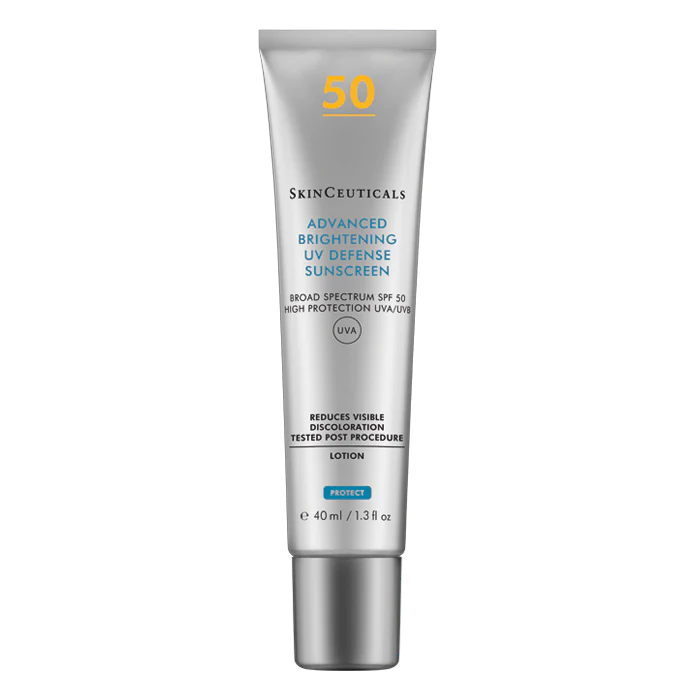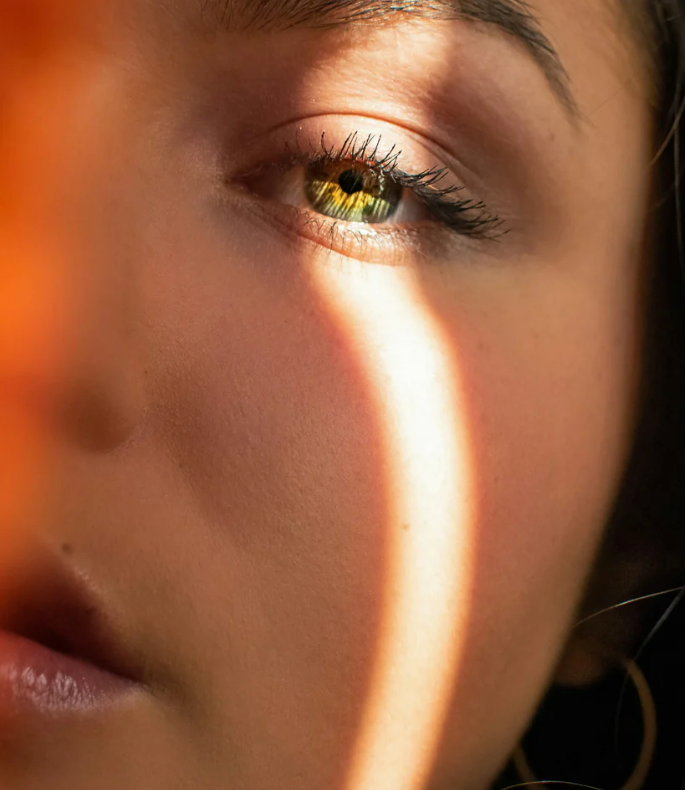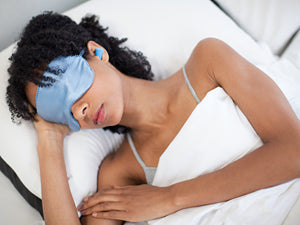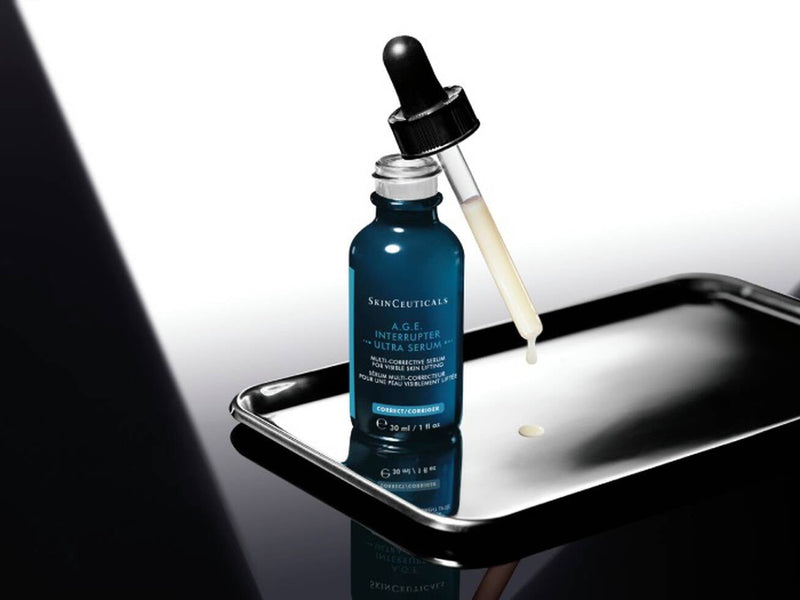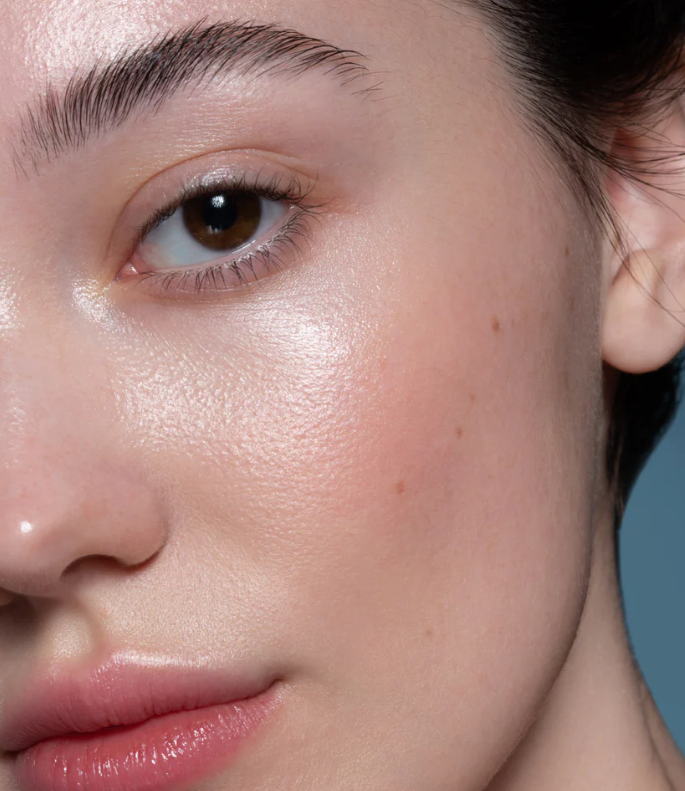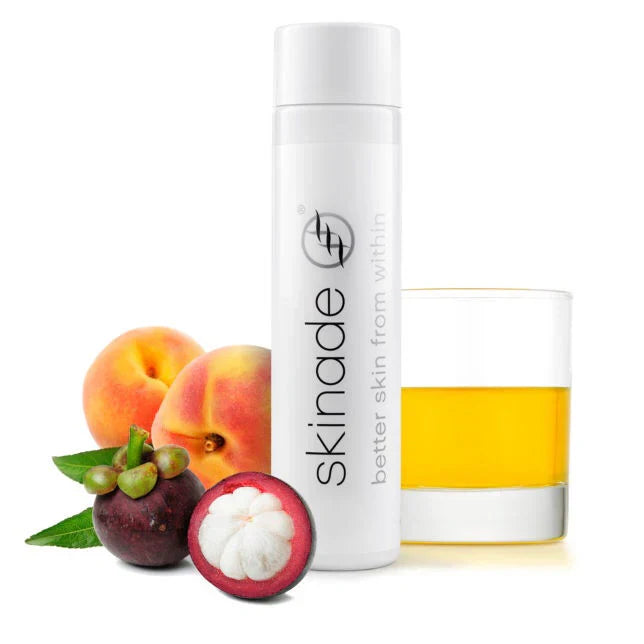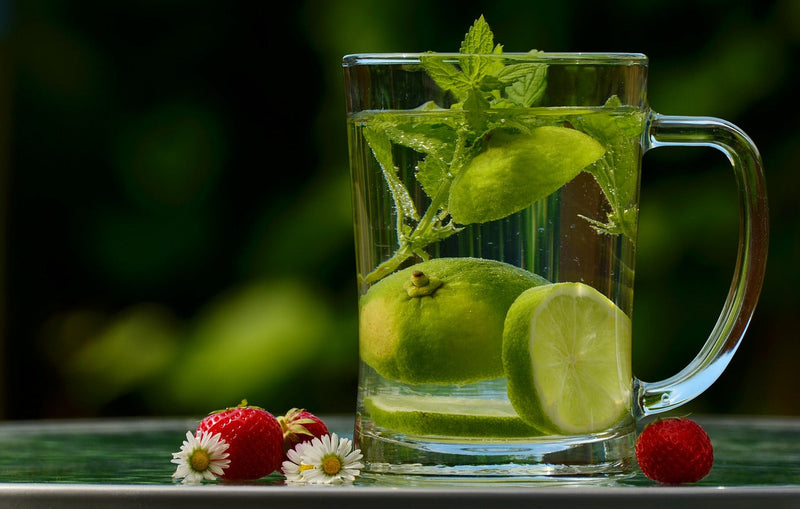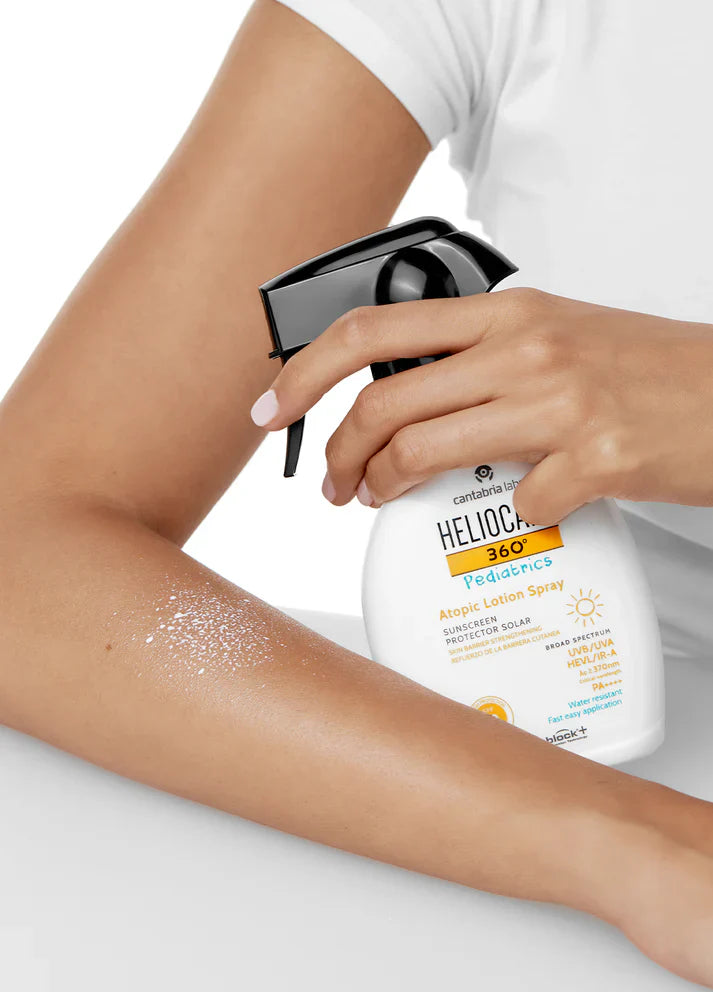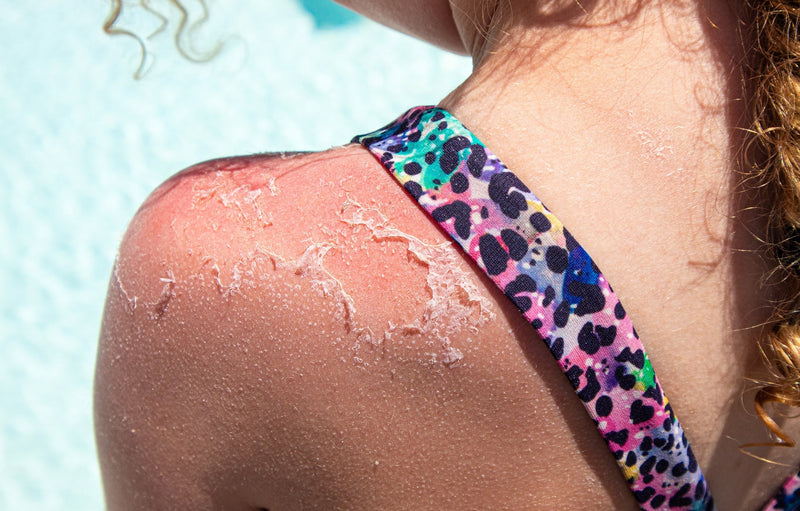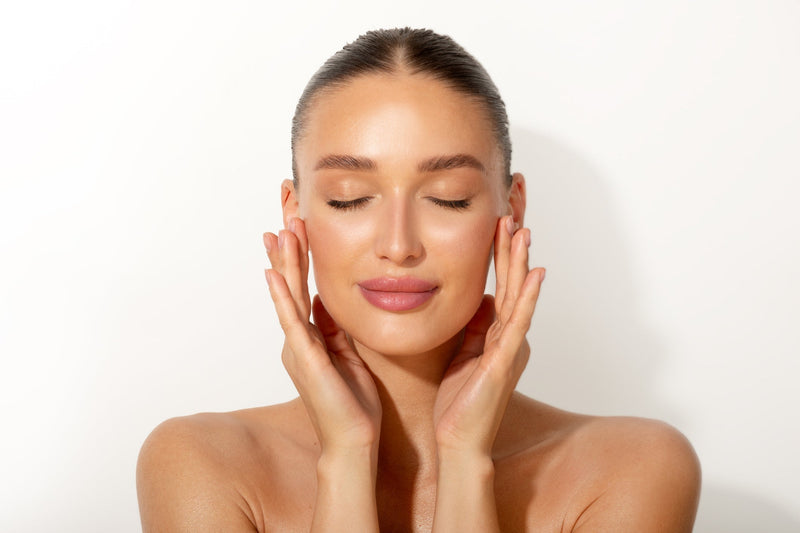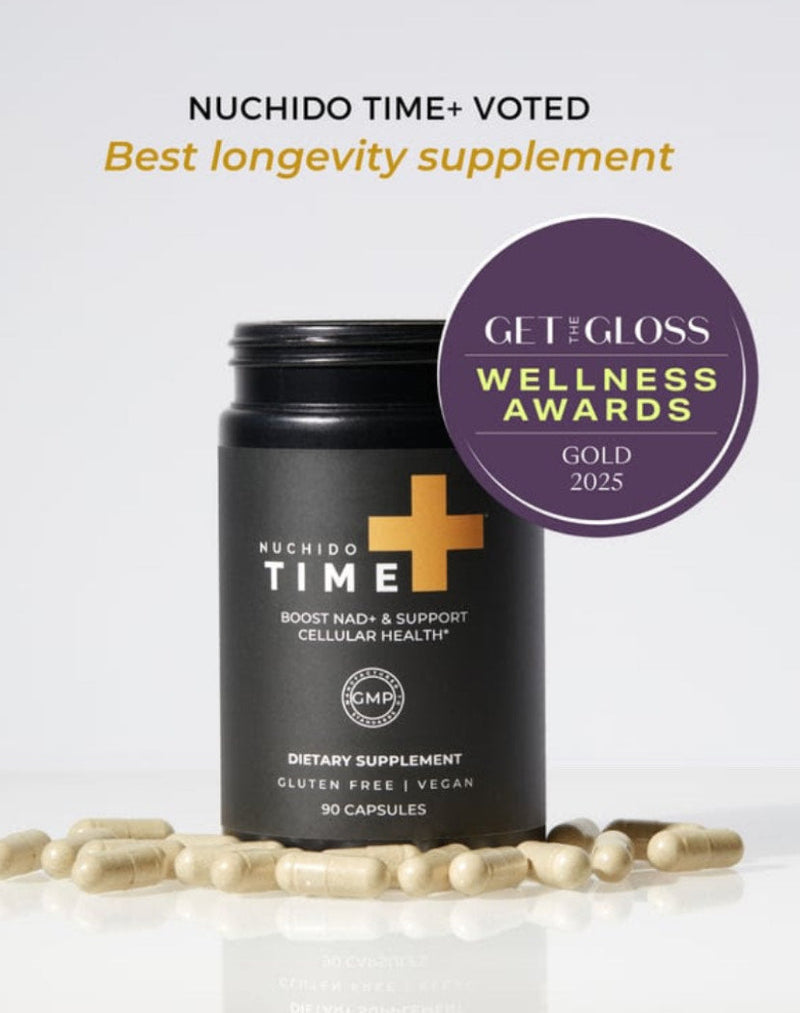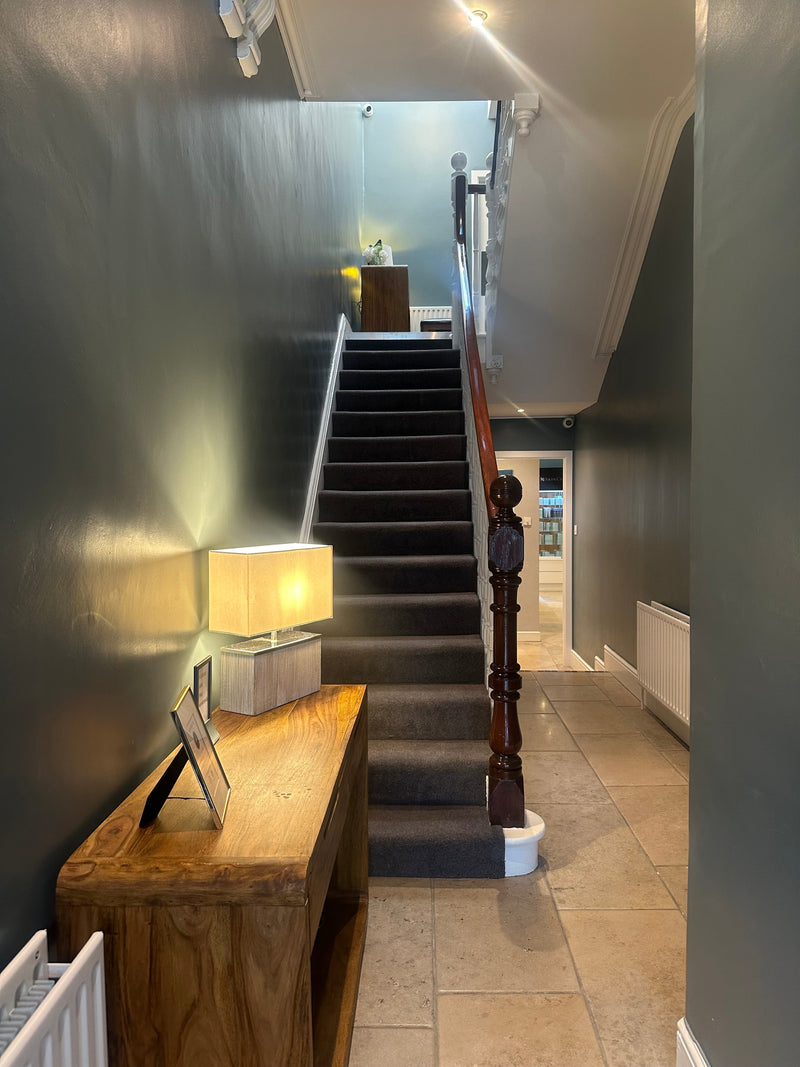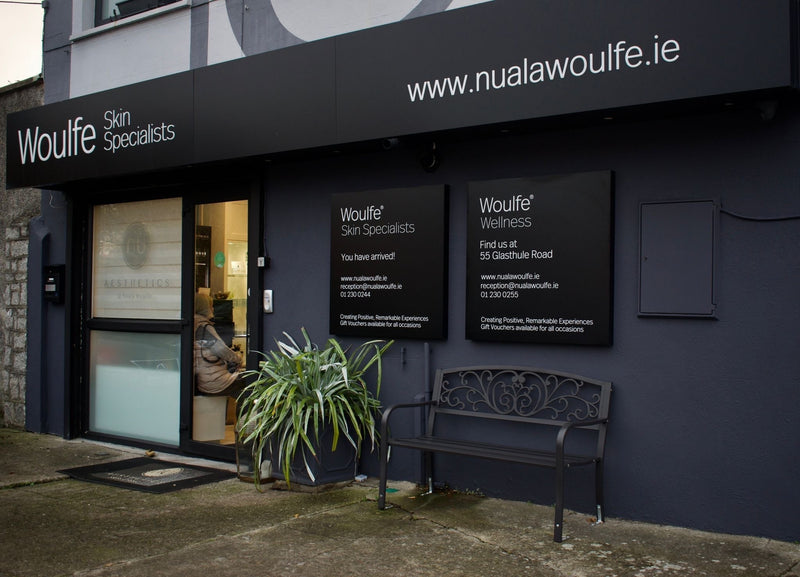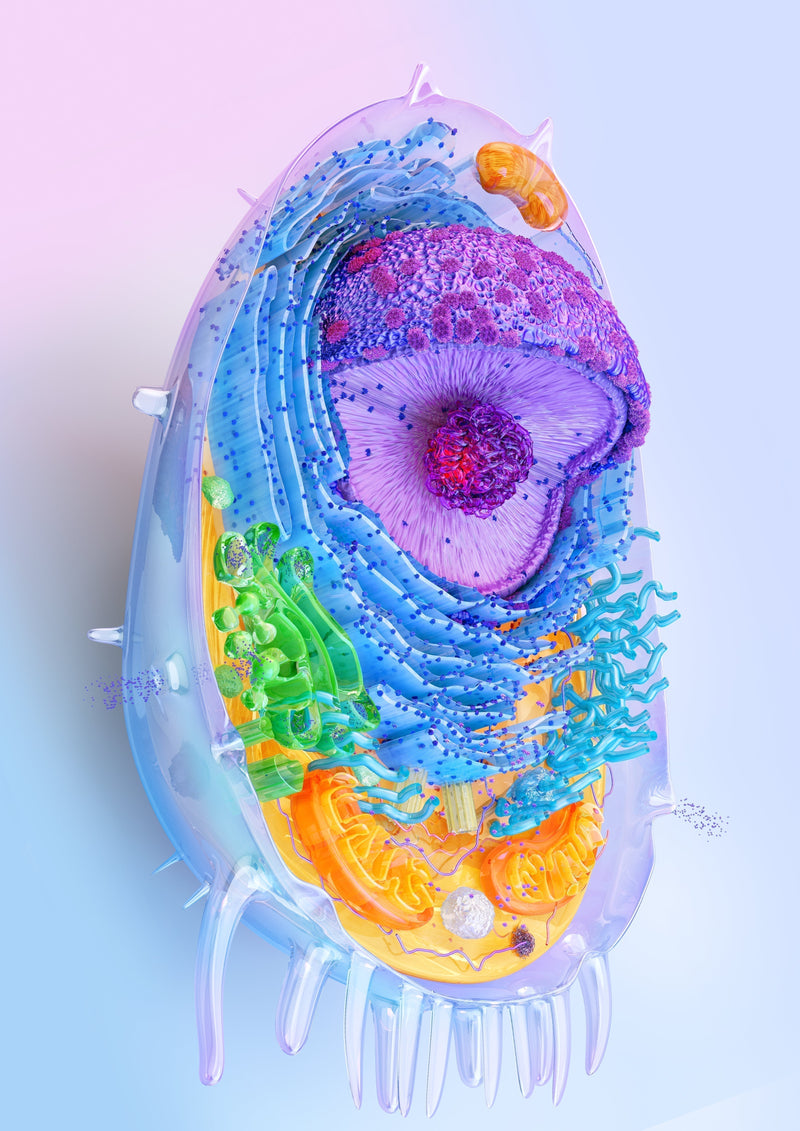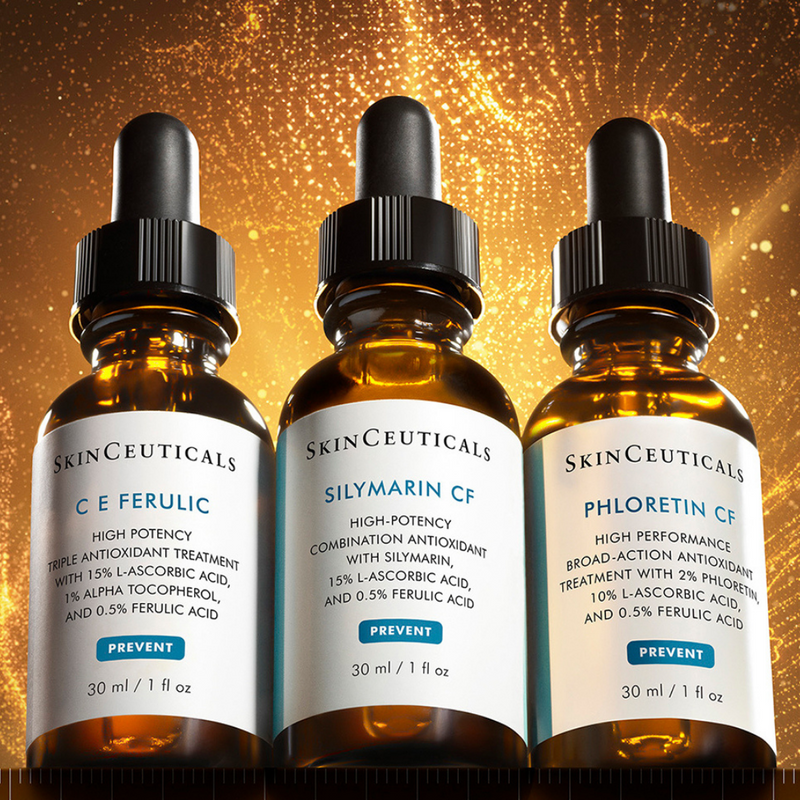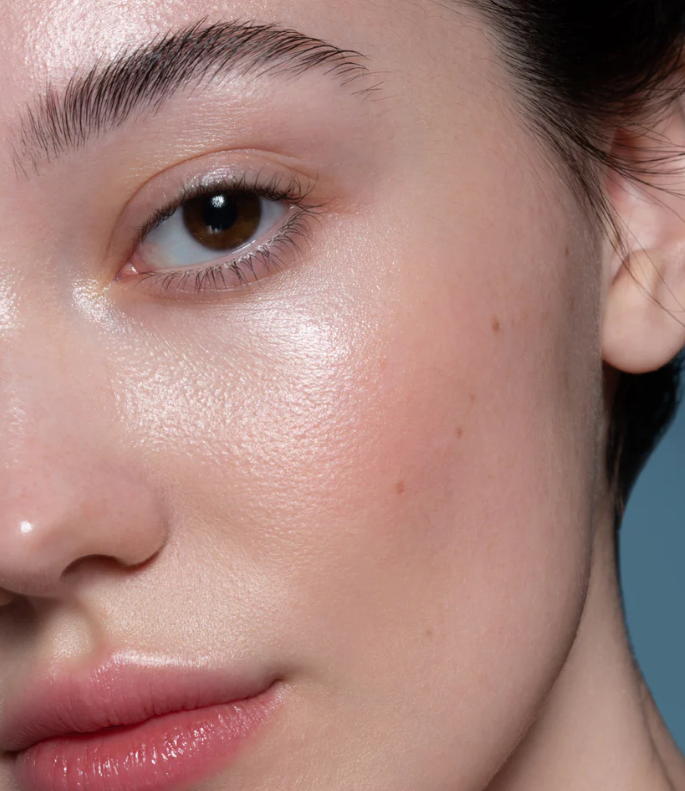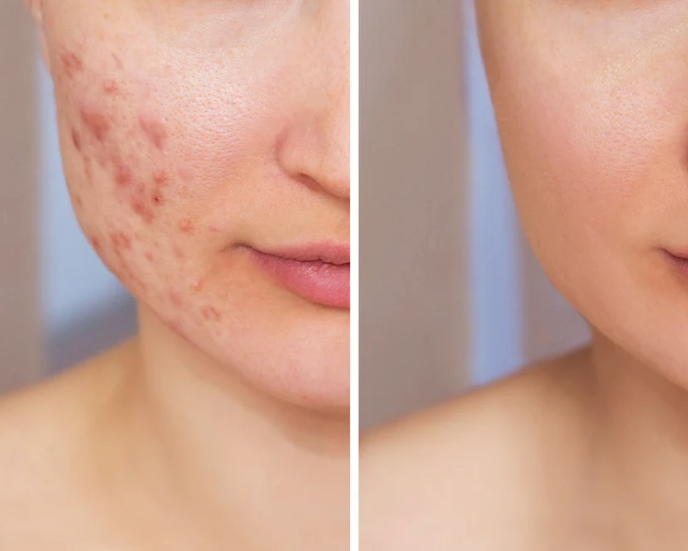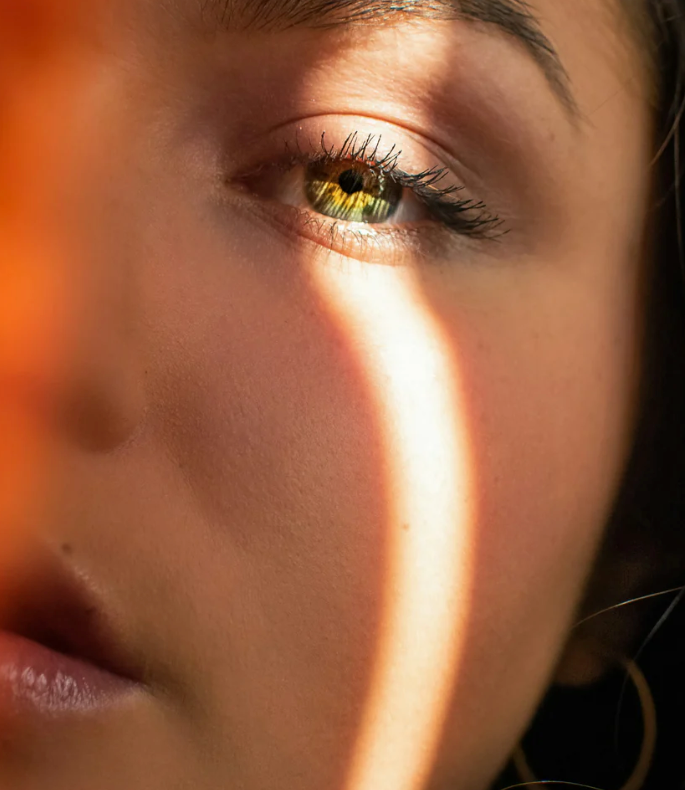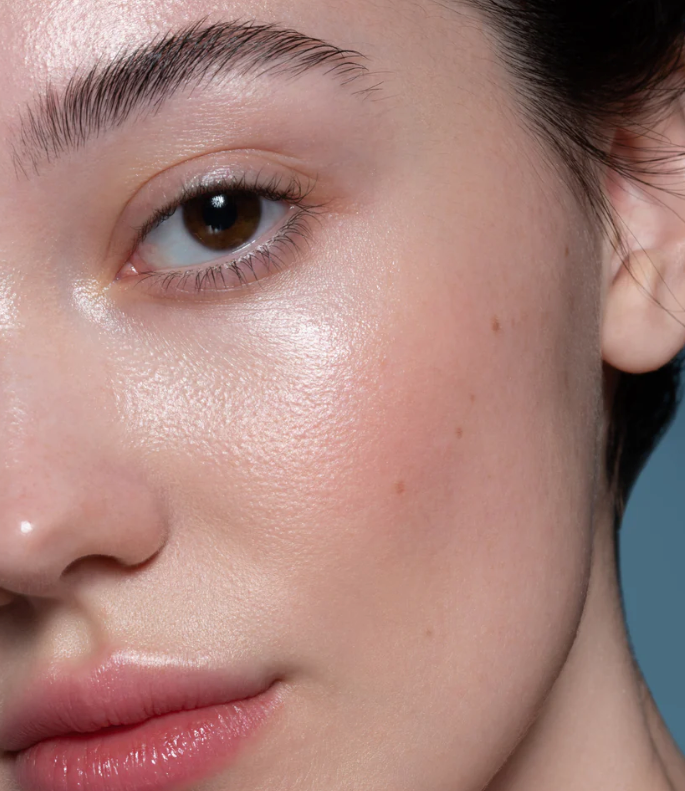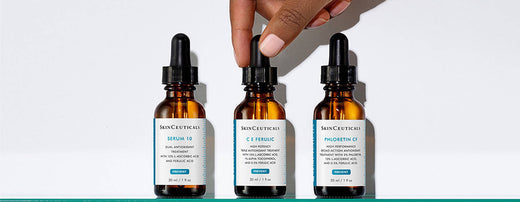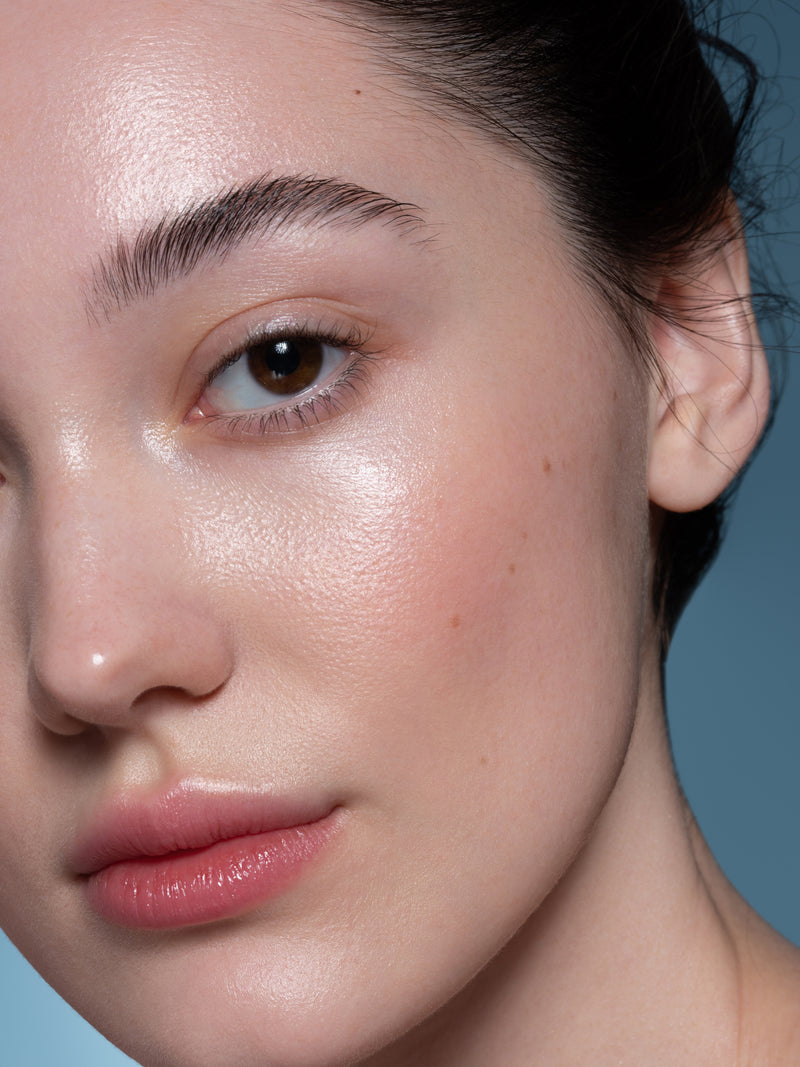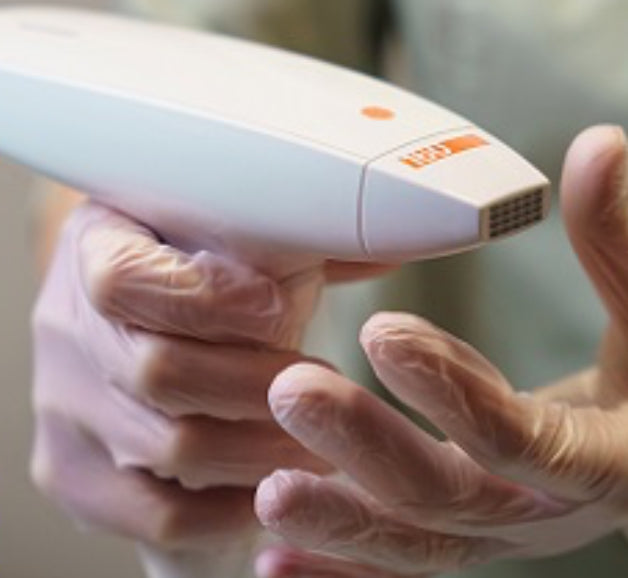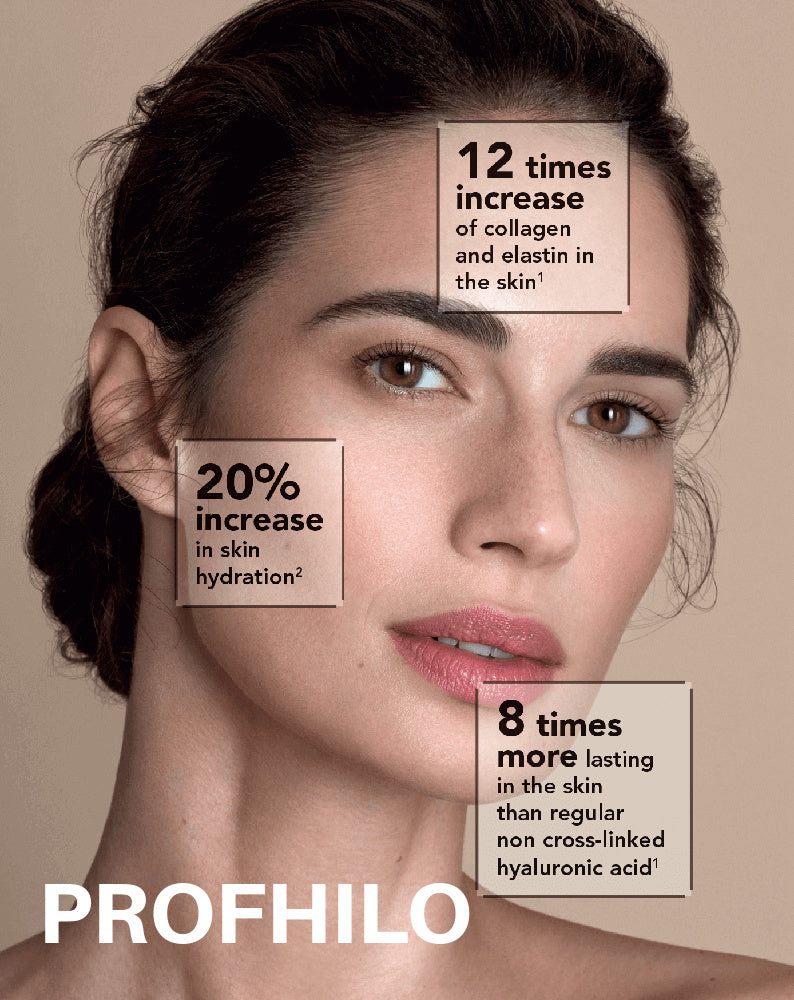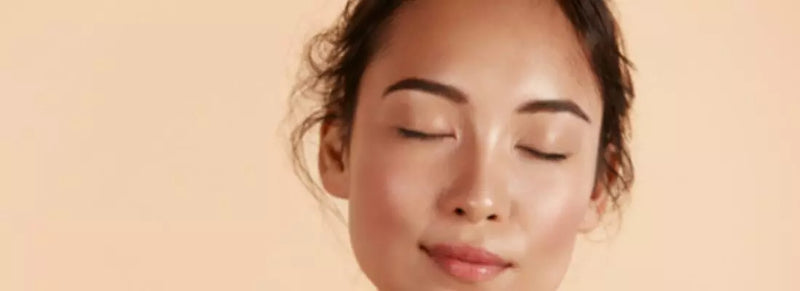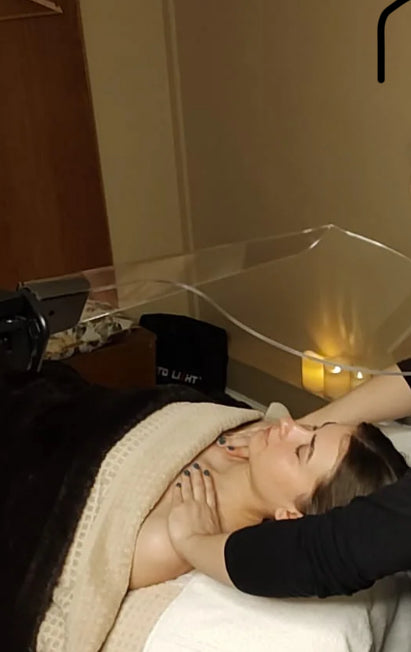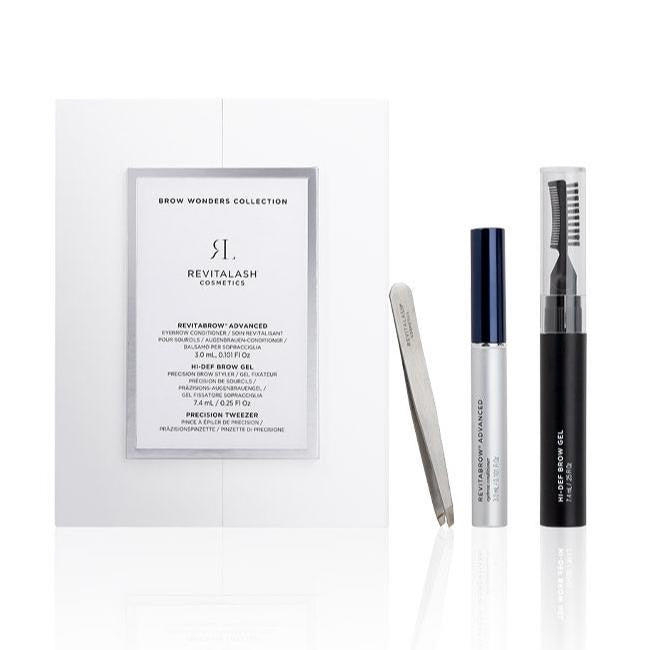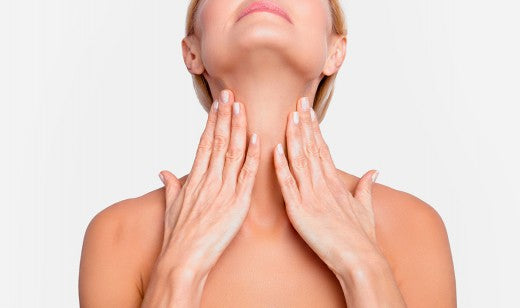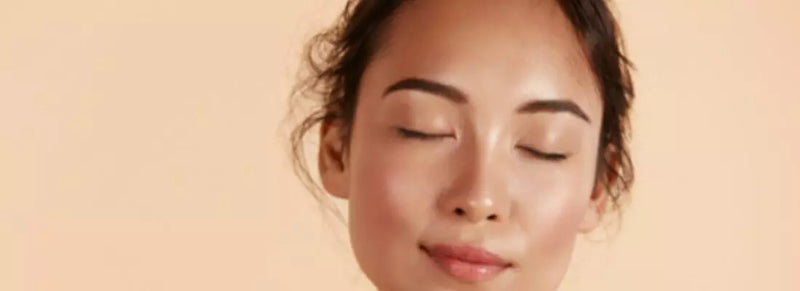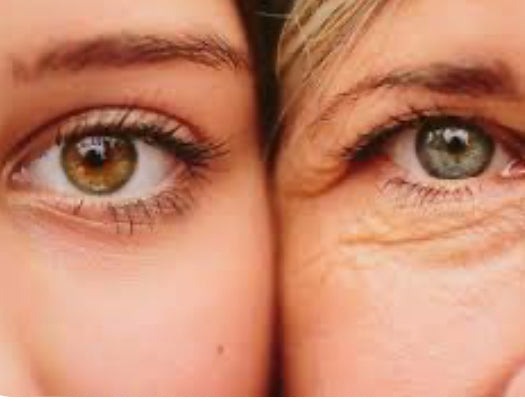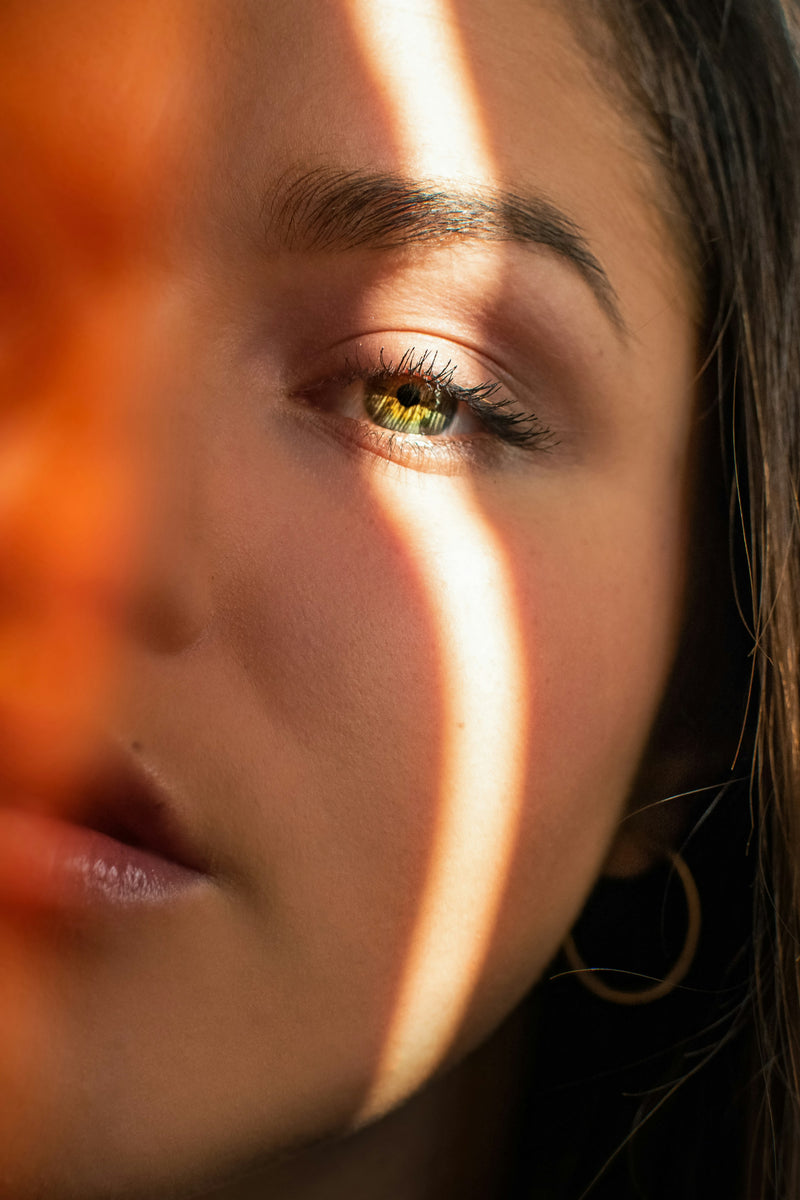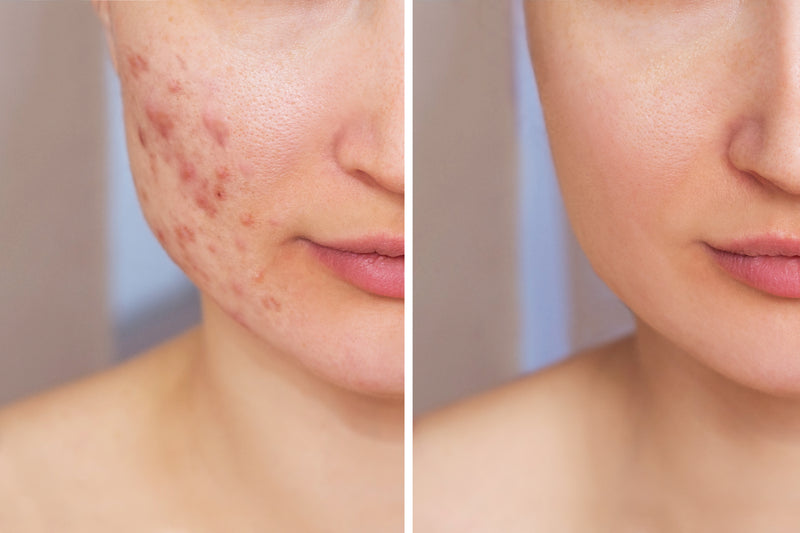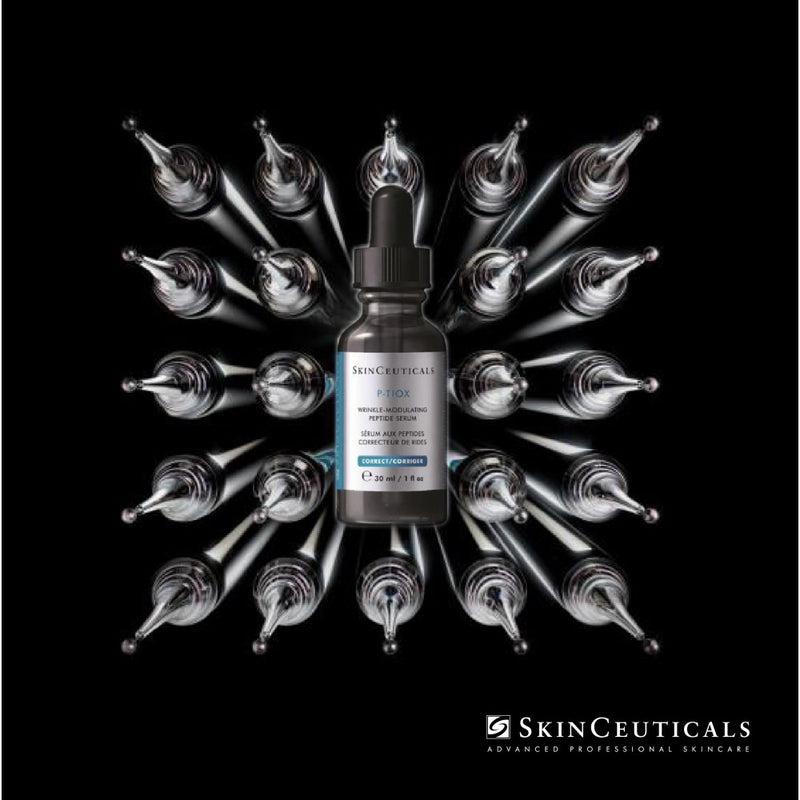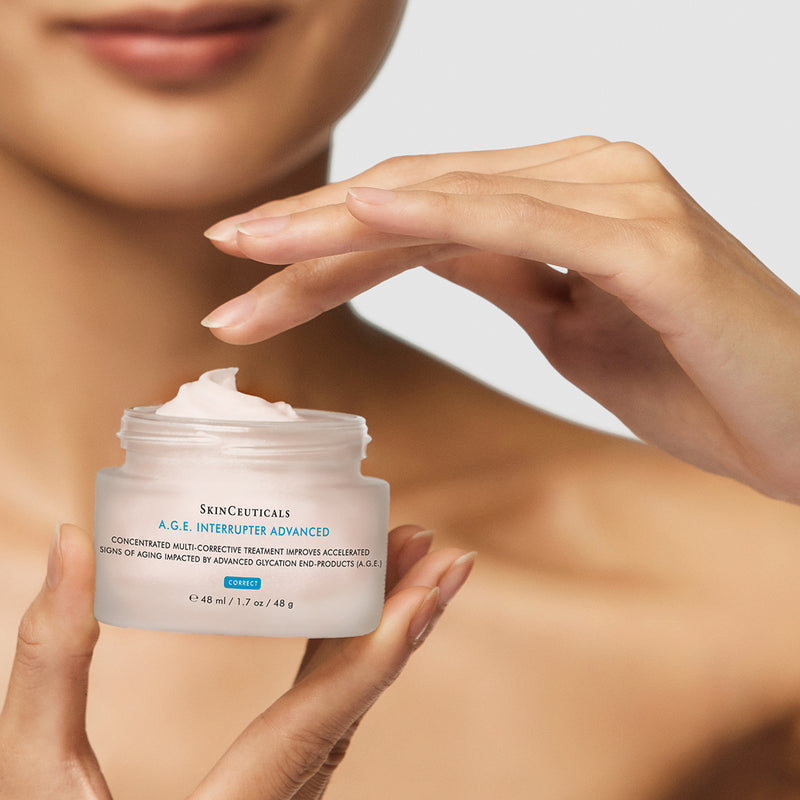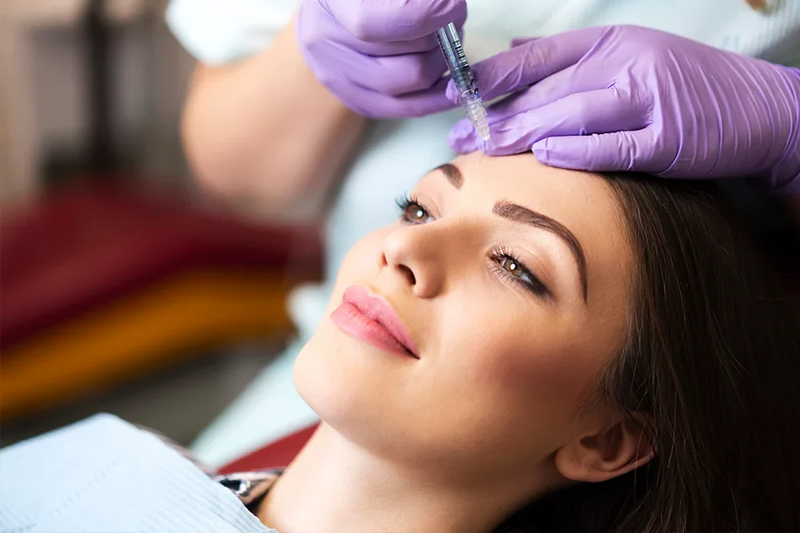Rosacea and sensitive skin usually go hand in hand; however, rosacea is a separate skin condition that causes pronounced burning, itching, and stinging for sufferers, and this can be exacerbated by the skin care products used. Sometimes called Acne Rosacea, it is a non-contagious skin inflammation that exclusively affects the face. Capillaries become more pronounced and create the appearance of a permanent flush and pimples appear on the forehead, cheeks, and chin. Trying to find the best skin care routine and products that calm rather than exacerbate can be challenging.
The condition was first medically identified as coupe rose by a French surgeon 600 years ago, although in that time we have not made a great deal of progress in finding a lasting treatment. It is thought that 2-10% of people have rosacea. We are now discovering that it does not exclusively affect adults and those with fair skin, although it is more easily detected among these two groups.
Rosacea is diagnosed most between the ages of 30 and 50 years, starting with frequent flushing or blushing. Over time the redness, erythema, becomes permanent as capillaries develop and pustules begin to form. Severe rosacea in men can cause the nose to become reddened and enlarged, a distressing condition called Rhinophyma. It can also affect the eyes, with symptoms initially starting out as dry or irritated eyes.
Rosacea impairs the skin barrier, causes inflammation, dilates blood vessels, and degrades the collagen and elastin, which are critical to the skin’s structural layer.
What causes rosacea
The cause or causes are unclear, although it is known that there are nervous, vascular, and immune system factors involved, and the symptoms worsen with age.
Current research suggests that people with rosacea are sensitive to Demodex mites. The Demodex folliculorum mite is found in much higher numbers in those with rosacea. Demodex folliculorum like to make their home in the hair follicles on the face and the meibomian glands of the eyelids. During its immature and adult stages, Demodex follicullorum feeds on skin cells. Demodex brevis is the other Demodex mite found to overpopulate the skin of those with rosacea. These equally troublesome microscopic creatures live in the sebaceous glands of the skin, which are connected to the small hair follicles. Here they feed on the gland cells. While most of us have Demodex mites on our skin, those with rosacea have a 4-10 times higher count.
These mites are found in concentration on the cheeks, nose, chin, and forehead, and even in rosacea papules and pustules. It is not entirely clear yet whether these mites have a direct or indirect role in causing rosacea.
Research funded by the US National Rosacea Society has connected Demodex folliculorum to a distinct bacterium called Bacillus oleronius. In one study in Ireland, Bacillus oleronius was found to stimulate an inflammatory response in 79% of patients with papulo pustular rosacea. Another study in Australia of a small group of people with rosacea found that Staphylococcus epidermidis, another bacterium, may play a role in the development of rosacea. Staphylococcus epidermidis was identified at the base of the eyelashes in those with papulo pustular rosacea.
We also know that those with rosacea have increased levels of inflammatory proteins, cathelicidins, in their skin and that these contribute to the redness, capillaries and bumps that are present.
Treatments for rosacea
At this stage, there is no permanent cure. Some over-the-counter products may help in managing milder symptoms, however prescription medication will be needed for more severe cases, such as oral antibiotics, oral acne drugs and topical gels or creams.
Intense Pulse Light (IPL) and Broadband Light (BBL) are also available to improve the redness and capillaries.
Anyone who has rosacea needs to have a good skin care routine as part of their treatment plan to ensure they are calming, rather than flaring up, their rosacea.
If you have rosacea, avoid trigger factors, and find the right products for you. We know that applying some products, or too many products, can feel uncomfortable, however it is essential you have your rosacea correctly diagnosed and you take action to prevent it progressing further, particularly if it is not improving or responding to more simple measures.
Make sure you talk to your doctor or dermatologist to determine what stage of rosacea you have and ensure the right management of this condition.
What triggers rosacea
Certain factors can trigger the rosacea blush and make symptoms worse, including extreme temperatures and changes in temperature, over-exposure to sunlight, pH changes in the skin, micro-organisms, emotional stress, exercise and physical stress, certain medications, alcohol, hot drinks, spicy foods and irritating skin care products and cosmetics.
The top 10 triggers are:
- UV light – the number 1 factor.
- Stress
- Hot weather
- Compromised skin barrier.
- Exercise
- Alcohol
- Hot baths
- Cold weather
- Spicy foods
- Humidity
Caring for rosacea skin
Some skin care ingredients also can cause flare-ups. A survey by the US National Rosacea Society found that the most common ingredients in skin care products causing irritation are alcohol, Witch Hazel, Menthol, Peppermint, Eucalyptus Oil, Clove Oil and Salicylic Acid. Respondents also said they avoided astringents and exfoliants, as they were too harsh for their sensitive skin. https://www.rosacea.org/
This raises the question for us as why so many skins care companies and aesthetic practices still recommend rosacea sufferers use products with alcohol, AHAs, BHA, Benzoyl Peroxide, essential oils, fragrance, and Witch Hazel. Hydroquinone is another harsh ingredient that is best avoided, as it can inflame and burn rosacea skin.
Men should look at any shaving creams or gels they use to ensure they do not contain irritating ingredients, and they should avoid aftershave.
Look for skin care products that are gentle, non-irritating and contain antioxidants and botanicals that are soothing and anti-inflammatory. Tranexamic Acid and Azelaic Acid are two skin care ingredients that have scientific research behind them showing they can be helpful for rosacea skin; the latter being used in prescription topical medications.
Make sure you observe effective sun protection. Even though the causes of rosacea are not fully understood, cumulative sun damage plays a role and can cause flare-ups.
Sunscreen Ingredients
There is a reason you keep hearing about the need for sun protection every day: it matters! The sun is the leading cause of skin damage, including premature skin ageing, irreversible damage to the skin’s DNA and a higher risk of skin cancer. Yet many of us like to skimp on how much we spend on sunscreen while happily going overboard on other skin care products. We assume that all sunscreen ingredients are equally safe and so do not consider whether some are best avoided.
Sunscreens are one of the most important products we can apply to our skin, so it is worth taking the time to get to know your sunscreen ingredients, how they protect your skin and how to choose the right filters, whether mineral or chemical.
Most of us are exposed to some level of UVB and UVA rays each day, and even lesser amounts of daily exposure can prove damaging to our skin over the long term. While UVB rays burn the skin, UVA rays penetrate more deeply and play a significant role in accelerating skin ageing by doing damage to basal skin cells and melanocytes. This leads to direct damage to DNA and a loss of Retinoic Acid (Vitamin A) in our skin. UVA rays also penetrate glass, so being indoors may not be protective. This makes sunscreen a key part of any skin care routine.
Everyone, no matter what their skin condition or skin care goals, needs a great sunscreen that offers full UVB and UVA protection. Prevention is still the best anti-ageing skin product there is.
The SPF on a product is the level of protection the product provides against UVB rays; it does not indicate what protection you are getting against UVA rays. It is also important to be aware that the maximum protection an SPF30 can give you against UVB rays is 97%. By incorporating antioxidants into your skin care routine, you can enhance the effectiveness of your sunscreen and better fight the damaging effects of the UV rays that do get through.
When choosing a sunscreen, most people will ensure offers UVB and UVA protection, but do not look any further. Carefully check all sunscreen ingredients used in the formulation, including the active ingredients and the non-active ingredients. Also watch out for other potentially harmful and irritating ingredients, such as Retinyl Palmitate, Fragrance and Essential Oils.
View Heliocare SPF products > click here.
